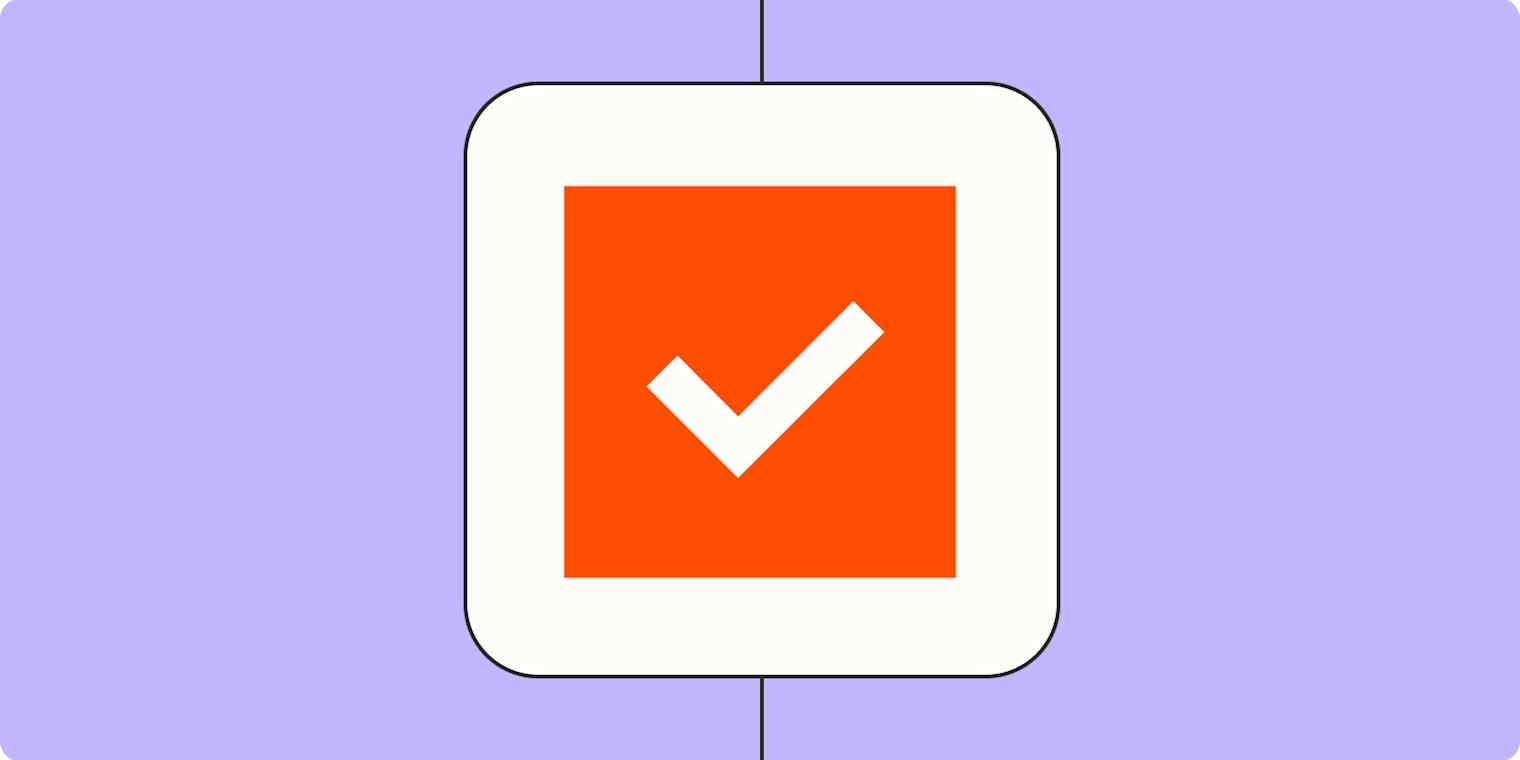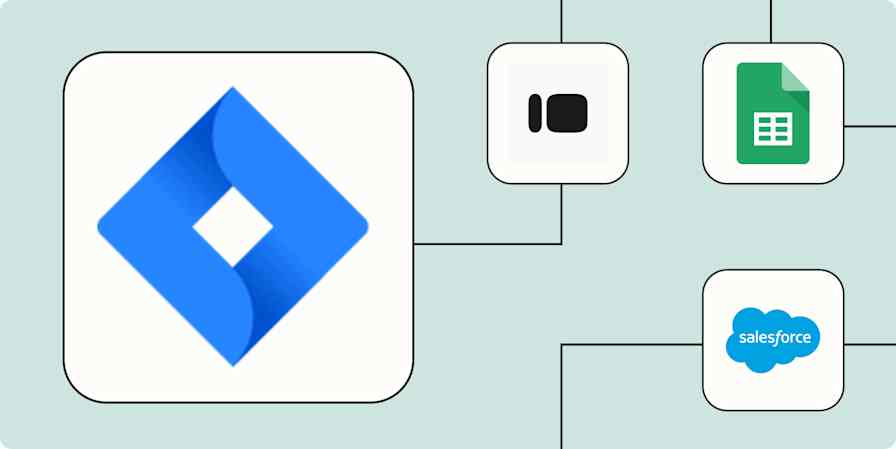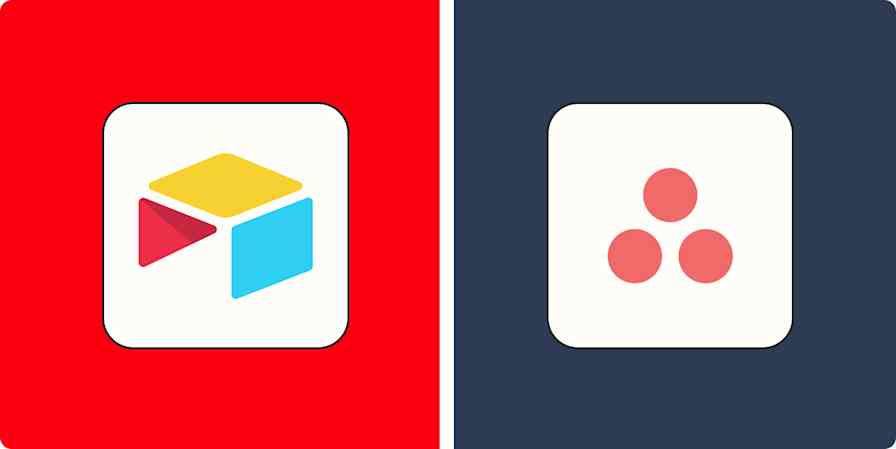Business tips
4 min readHow to choose project management software for external team members
Make sure your apps work well for freelancers, agencies, and vendors
By Ana Gotter · May 13, 2021

Get productivity tips delivered straight to your inbox
We’ll email you 1-3 times per week—and never share your information.
Related articles
Improve your productivity automatically. Use Zapier to get your apps working together.








